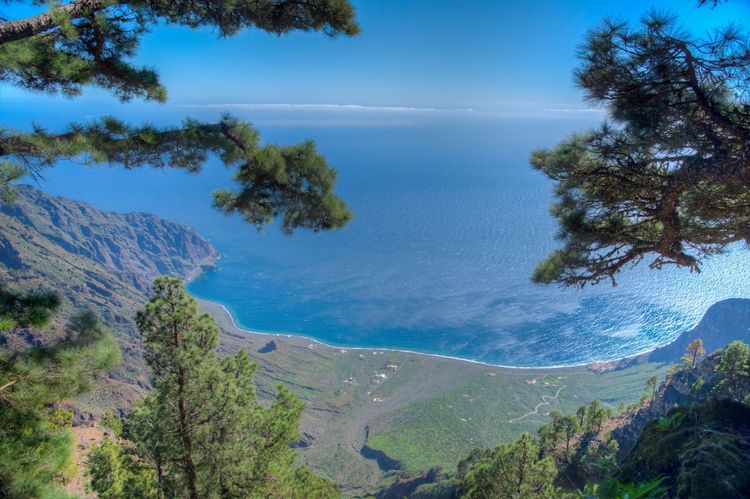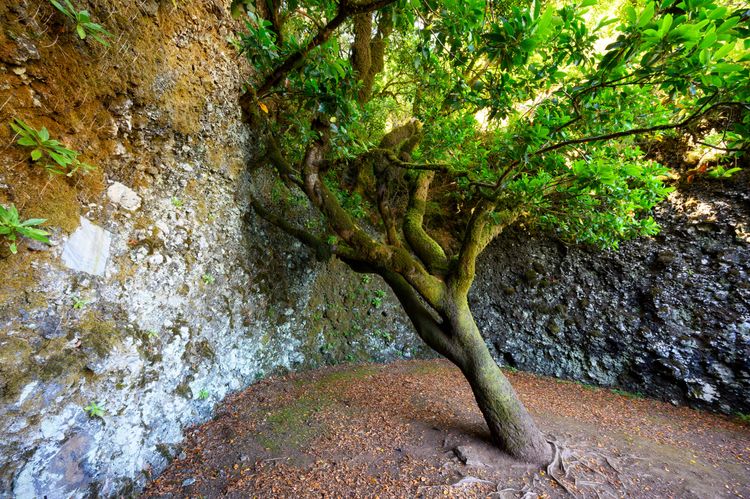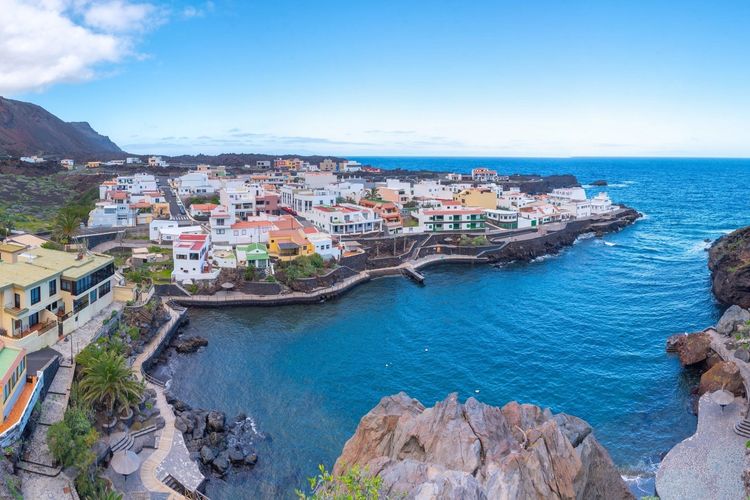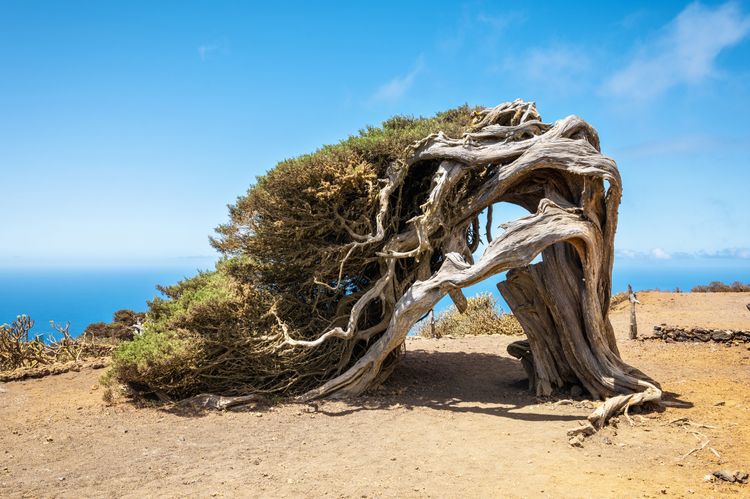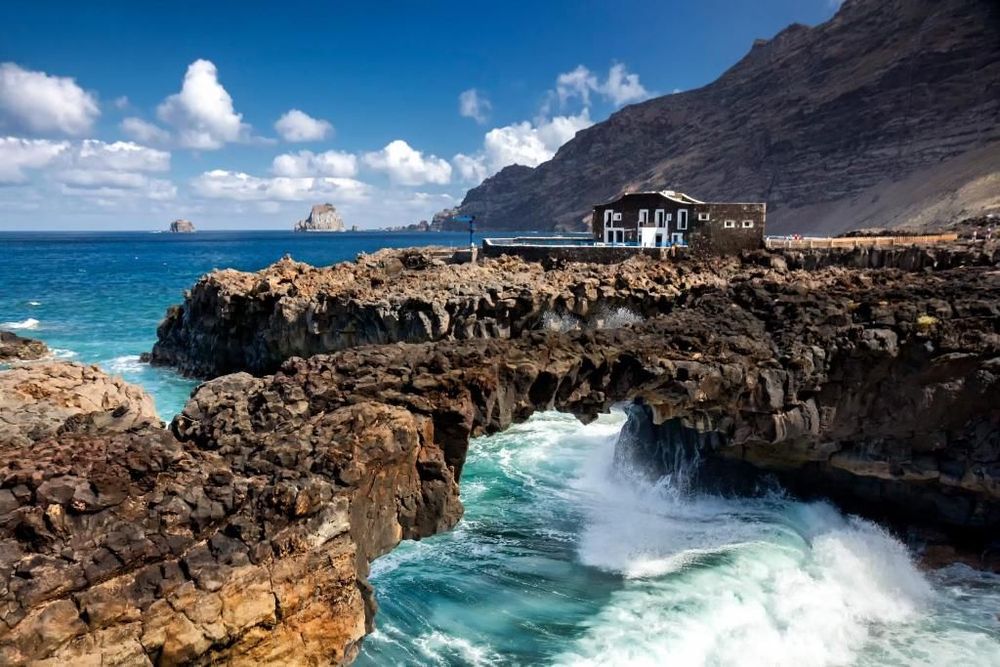The viewpoints of El Hierro
To get a good idea of El Hierro and the diversity of the island's landscapes, there's nothing like getting up high. The roads of El Hierro are dotted with numerous viewpoints, each more beautiful than the last. At an altitude of almost 650 metres in the north of the island, the La Peña viewpoint, designed by César Manrique, is a must-see. It offers an impressive panorama of the El Golfo valley (a huge crater that has collapsed in on itself) and the ocean. You can also admire the view from the Mirador del Golfo, the Mirador de Jinama, the Mirador de Bascos or the Mirador de la Montaña Colorada.
